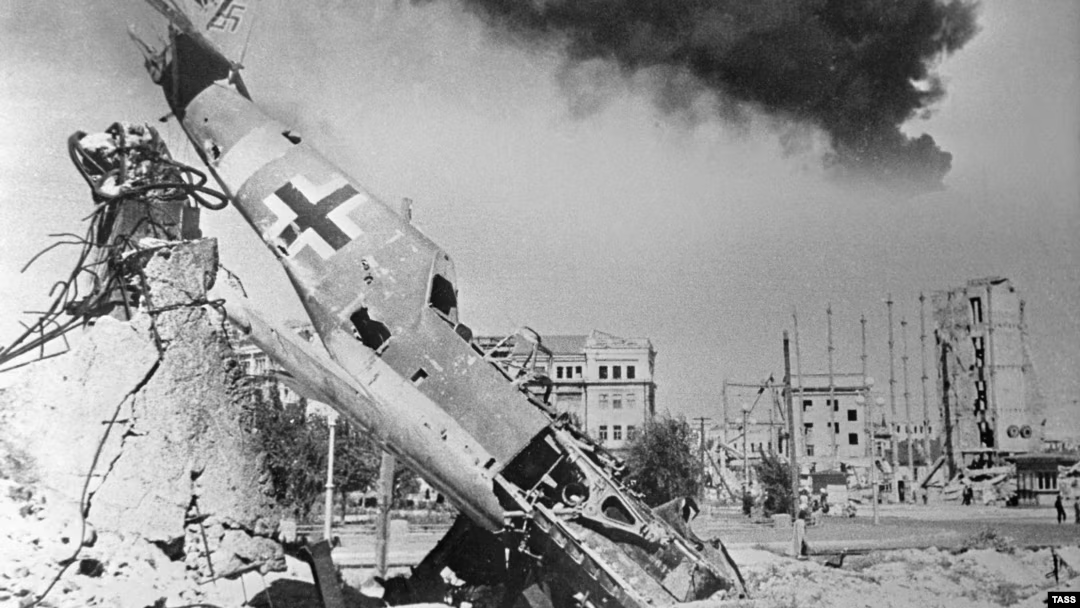
The Battle of Stalingrad is one of the most iconic and bloody battles in the history of World War II. Taking place between August 1942 and February 1943, the battle was not only a turning point in the war in Europe but also reflected the resilience and fighting spirit of the Soviet people. In this article, we will take an in-depth look at the history of the Battle of Stalingrad from a Russian perspective, including its background, the course of the battle, and its impact on the final outcome of World War II.
Historical Background

German invasion of the Soviet Union
The German invasion of the Soviet Union began in June 1941 with Operation Barbarossa. Germany’s primary goal was to seize Soviet natural resources, especially oil in the Caucasus, which was vital to their war machine. Stalingrad, located on the banks of the Volga River, was a strategic target due to its position as an industrial and transportation hub.
The Importance of Stalingrad
Stalingrad was not only strategic but also symbolic. The city was named after Soviet leader Joseph Stalin, who made the city’s defense a symbol of the struggle against the Nazi invasion. Holding Stalingrad meant controlling vital transportation routes and industrial resources.
The Course of the Battle

Beginning of the Battle
The Battle of Stalingrad began on 23 August 1942 with a massive air raid by the German Luftwaffe that destroyed much of the city. German forces led by General Friedrich Paulus attempted to take the city quickly, but fierce resistance from the Red Army and civilians hampered their progress.
City Battle
The fighting inside the city was extremely brutal, with both sides engaged in intense close-quarters combat. Every street and building became a battlefield, creating a terrifying atmosphere amidst the ruins.Soviet troops, led by General Georgy Zhukov, did everything they could to defend the city.
Soviet Counterattack
In November 1942, as winter set in, the Red Army launched a counter-offensive known as Operation Uranus. This attack encircled the German forces trapped in Stalingrad and succeeded in cutting off their supply lines.Hitler’s decision not to withdraw his troops cost the Wehrmacht dearly.
Impact of Battle

Fatalities
The Battle of Stalingrad was one of the bloodiest in human history, with estimated casualties reaching over one million on both sides. Many soldiers and civilians lost their lives in this prolonged battle.
Strategic Turning Point
The German defeat at Stalingrad marked a major turning point in World War II on the Eastern Front. After this battle, the military initiative passed to the Soviets, who began launching offensives into Eastern Europe.
Psychological Influence
The Soviet victory at Stalingrad provided a significant morale boost to the Red Army and the Soviet people as a whole. Conversely, this defeat destroyed the confidence of the German troops and marked the beginning of their decline on the Eastern Front.
Legacy of the Battle of Stalingrad

Symbol of Resilience
Stalingrad is now remembered as a symbol of the resilience and courage of the Soviet people in the face of the Nazi invasion. Many monuments and museums have been built to commemorate this event and honor the heroes who fought.
Military Lessons
The Battle of Stalingrad also serves as an important case study in modern military strategy. The siege and urban combat tactics used by the Red Army are often referenced in military training today.
Conclusion
The Battle of Stalingrad is one of the most dramatic chapters in the history of World War II from a Russian perspective. With its complex historical background and challenging course of battle, Stalingrad not only became a turning point in the war but also reflected the indomitable fighting spirit of the Soviet people.
FAQ (Frequently Asked Questions)
Why is the Battle of Stalingrad considered a turning point in World War II?
The German defeat at Stalingrad marked the beginning of their decline on the Eastern Front and gave the Soviets momentum to launch a counteroffensive.
What was the psychological impact of the Battle of Stalingrad?
The Soviet victory boosted the morale of its troops and people, while the German defeat damaged their confidence.
How many people died during the Battle of Stalingrad?
It is estimated that over a million people were killed during the battle.
Who was the leader of the Soviet forces at Stalingrad?
General Georgy Zhukov was the main leader of the Soviet forces during the Battle of Stalingrad.
What military lessons can be learned from the Battle of Stalingrad?
The siege tactics and city defense strategies used by the Red Army are important references in modern military training.
By understanding the history of the Battle of Stalingrad from a Russian perspective, we can better appreciate the complexity of this conflict and its impact on the world today.
Citations:
[1] https://koridor.co.id/rehat/pertempuran-stalingrad/
[2] https://id.wikipedia.org/wiki/Pertempuran_Stalingrad
[3] https://p2k.stekom.ac.id/ensiklopedia/Pertempuran_Stalingrad
[4] https://en.wikipedia.org/wiki/Battle_of_Stalingrad
[5] https://id.rbth.com/sejarah/86652-ketahui-tentang-pertempuran-stalingrad-hyx
[6] https://encyclopedia.ushmm.org/content/id/article/world-war-ii-in-europe-1

